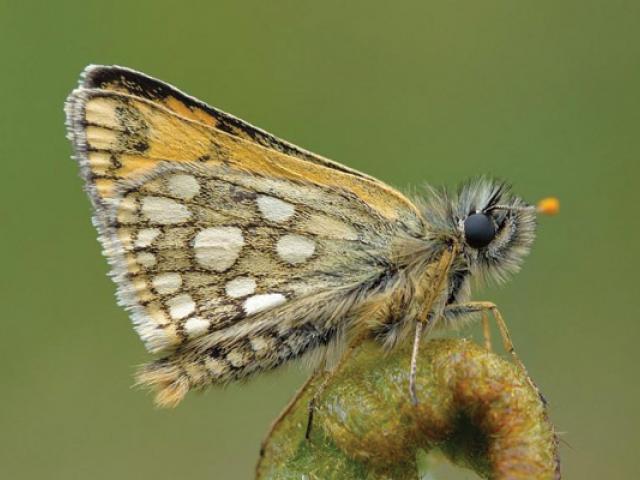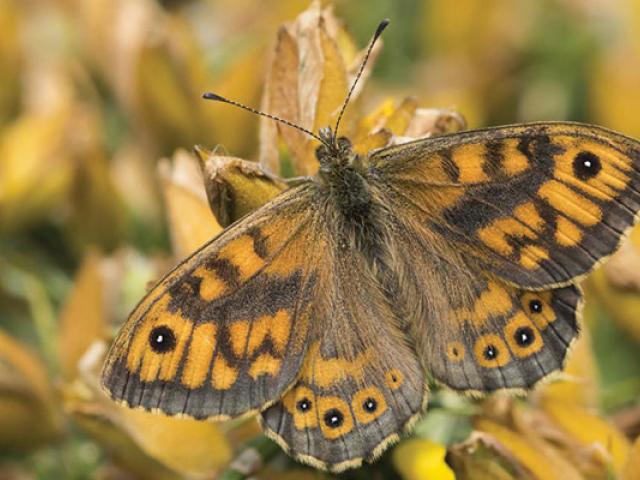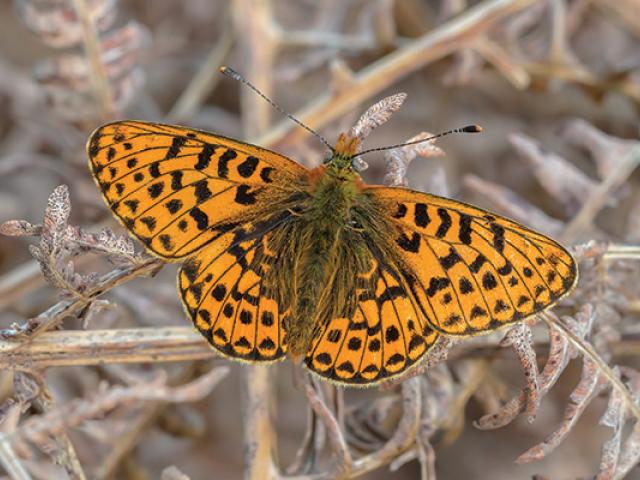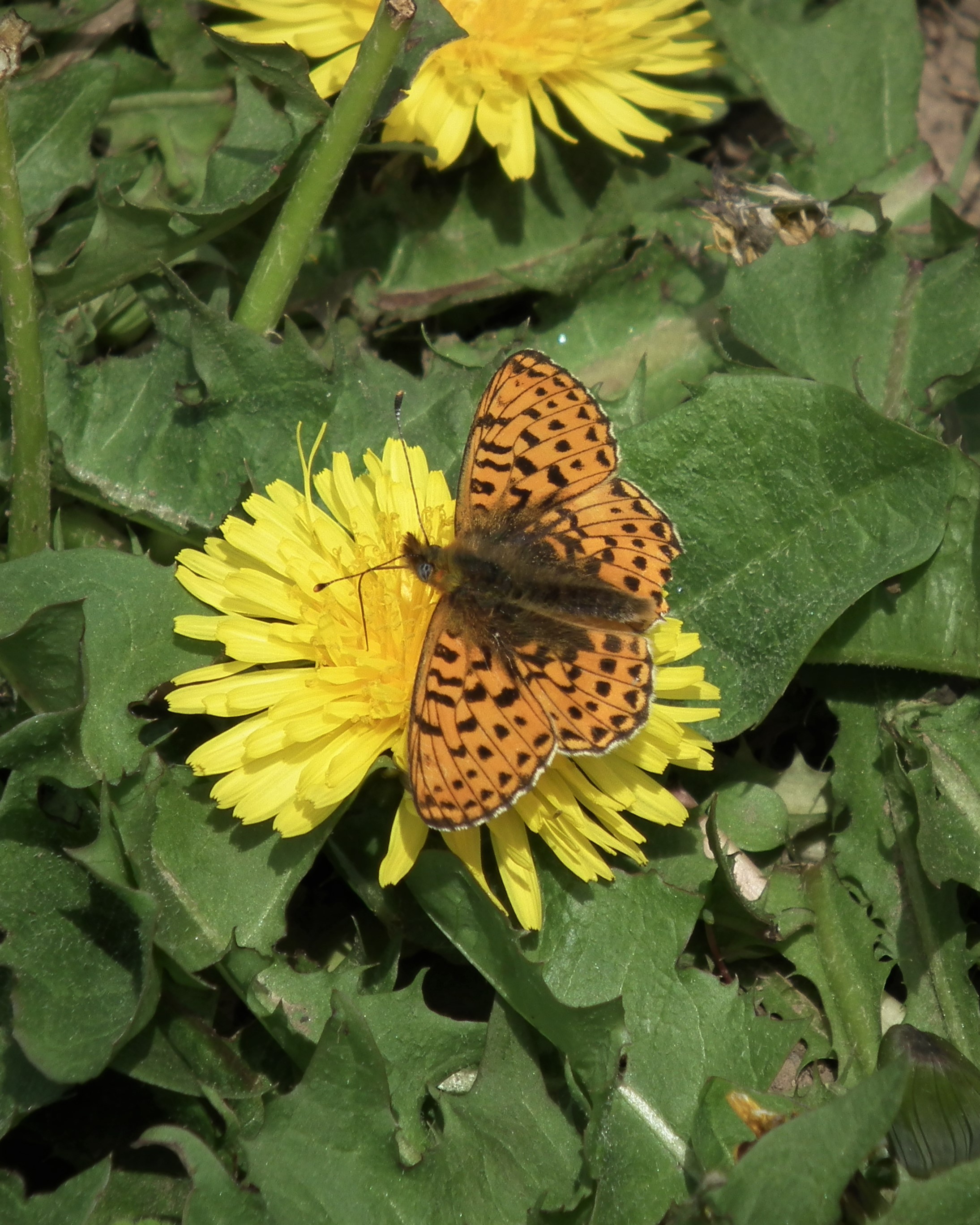In Scotland, butterfly species that require specialist habitats have greatly declined, but the figures show increases too, as many countryside-wide species have increased in Scotland. While this bucks the trend elsewhere in the UK, it’s a clear indicator of climate change.
As is the case for elsewhere in the UK, there are examples that prove targeted conservation action can turn around the fortunes of threatened butterflies at site, landscape and national levels. In Scotland this includes conservation action for priority species such as Northern Brown Argus and Pearl-bordered Fritillary. But, while managed sites such as Mabie Forest in Dumfries and Galloway are showing increases in numbers, colonies are disappearing elsewhere in the landscape. This shows that conservation efforts and partnership working towards better landscape management in Scotland are important to our natural environment, now more than ever.
Climate change also appears to be a large factor in the increased abundance of some species in Scotland. For example, White-letter Hairstreak and Holly Blue have spread north from England and become established in Scotland, while other species such as Ringlet, Peacock and Comma have greatly extended their ranges in the country.
Examples of other species faring well in Scotland, or some areas of Scotland, include:

Chequered Skipper
There has been much to celebrate about Chequered Skipper, a Butterfly Conservation Priority Species, in recent years. In Scotland, species distribution modelling was used to identify areas likely to be suitable for the butterfly, but which had no previous records. Targeted surveys of these areas by volunteers discovered the species in over 100 new 1km grid squares. Most were probably pre-existing colonies, but there also appears to be some genuine range expansion westwards on the Ardnamurchan peninsular and onto Mull, where the island’s first ever confirmed sighting occurred in 2022. Chequered Skipper is a Priority Species faring well in Scotland, with an 87% increase in its distribution (2001-2019) and a stable abundance trend at monitored sites.

Wall
Wall, which is listed as Endangered in the GB Red List because of its severe decline, is also doing well in Scotland. Its abundance has increased by 457% (1999-2019) and it has also increased its distribution (143% increase 2004-2019), spreading in south-west Scotland and along the east coast through the Scottish Borders and the Lothians and across into Fife. There have even been confirmed recent sightings much further north near Arbroath, Angus and south of Stonehaven, Aberdeenshire.

Pearl-bordered Fritillary
The trends highlight concerns in Scotland for Pearl-Bordered Fritillary, a Butterfly Conservation Priority Species. The species has been doing well at monitored sites (217% increase in abundance 2002-2019), with 2019 having the highest population levels since the series began. Many monitored sites are managed to enhance their biodiversity, such as at Mabie Forest in Dumfries and Galloway, where targeted management and partnership working between owners Forestry and Land Scotland and Butterfly Conservation has increased Pearl-bordered Fritillary numbers dramatically. However, despite the rediscovery of this species around Loch Katrine in the Trossachs, its distribution trend in Scotland (61% decrease 2001- 2019) suggests that Pearl-bordered Fritillary colonies are rapidly disappearing elsewhere in the landscape.
Read more about our Conservation projects in Scotland.
How you can help us
You can help us to continue to halt and reverse the decline in butterflies by donating to Butterfly Conservation.


